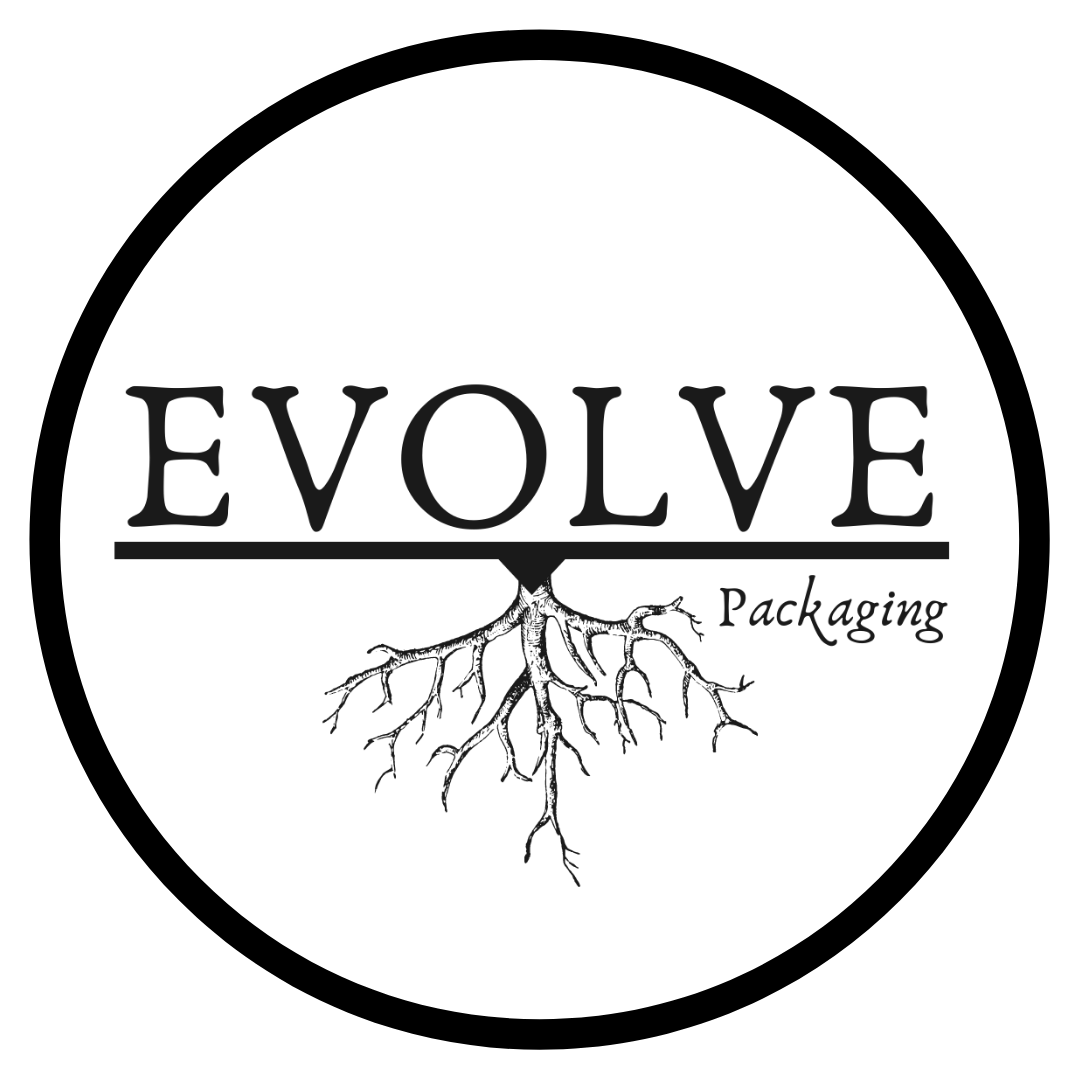There is so much room to improve our recycling capabilities and standards
Recycling has been around for centuries, but it wasn’t until the 20th century that it became a widespread practice in the United States.
The first recorded instance of recycling occurred in the Middle Ages, when metal and glass were collected and melted down to make new products. In the 1800s, paper recycling began to take off in the United States, with the creation of the first paper mill dedicated to recycling waste paper.
It wasn’t until the 1970s, however, that recycling really gained momentum. This was due in large part to the environmental movement of the time, as people became more aware of the need to conserve natural resources and reduce waste.
In 1972, the federal government passed the Resource Recovery Act, which encouraged the creation of local recycling programs.
Since then, recycling has continued to grow in popularity. Today, nearly all communities in the United States have some sort of recycling program in place, and many states have passed laws requiring businesses and individuals to recycle certain materials.
Recycling has also become more sophisticated over the years. In the past, most recycling programs only accepted a few materials, such as paper and aluminum. Today, many programs accept a wide range of materials, including plastics, glass, and electronics.
Despite its many benefits, recycling is still not practiced as widely as it could be. In the United States, only about 34% of waste is recycled, while the rest ends up in landfills. However, as more people become aware of the importance of recycling, it is likely that this number will continue to grow.
tonnes, or 83.3 billion bottles & jars were produced for the European and global markets in 2021
tons of plastic waste produced globally every year
years for a plastic bottle to degrade in a landfill
%
less energy to use recycled glass than to make glass from sand
Recycling by the numbers
The numbers that you see on plastic products, known as the resin identification codes, indicate the type of plastic that the product is made from. These codes were introduced in 1988 by the Society of the Plastics Industry (SPI) as a way to help recycling facilities sort and process plastic materials.
- Code 1: PET (polyethylene terephthalate) is a type of plastic that is commonly used to make soda bottles, water bottles, and food containers. It is generally easy to recycle and is used to make a wide range of products, including carpet, clothing, and industrial fibers.
- Code 2: HDPE (high-density polyethylene) is a strong, stiff plastic that is used to make milk jugs, detergent bottles, and other household containers. It is also used to make plastic bags, pipes, and toys.
- Code 3: PVC (polyvinyl chloride) is a plastic that is used to make pipes, flooring, and other building materials. It is also used to make toys, inflatable products, and some types of food packaging.
- Code 4: LDPE (low-density polyethylene) is a flexible plastic that is used to make plastic bags, shrink wrap, and food packaging.
- Code 5: PP (polypropylene) is a strong, lightweight plastic that is used to make food containers, bottles, and other household products.
- Code 6: PS (polystyrene) is a lightweight plastic that is used to make foam cups, take-out containers, and packing materials.
- Code 7: Other. This category includes all other types of plastics that do not fit into the above categories, such as acrylic, nylon, and fiberglass.
It is important to note that not all recycling programs accept all types of plastic, so it is always a good idea to check with your local program to see what materials they will accept.
Conservation of natural resources
Recycling helps to conserve natural resources such as timber, water, and minerals. By recycling materials, we can reduce the demand for these resources and preserve them for future generations.
energy savings
It takes less energy to manufacture products from recycled materials than it does to make products from raw materials.
reduction of waste
Recycling helps to reduce the amount of waste that ends up in landfills and incinerators. This not only helps to conserve space in these facilities, but also reduces the amount of greenhouse gases and other pollutants that are released into the air.
environmental protection
Recycling helps to protect the environment by reducing the pollution that is caused by the extraction and processing of raw materials.
%
of paper was
recycled in 2021.
Almost half was cardboard boxes.
Introduce yourself!
We’d love to hear from you! Whether you have a question or comment, want to discuss recycling more, or just want to say hi, please don’t hesitate to get in touch.
Simply fill out the form below and we’ll be in touch as soon as we can.








